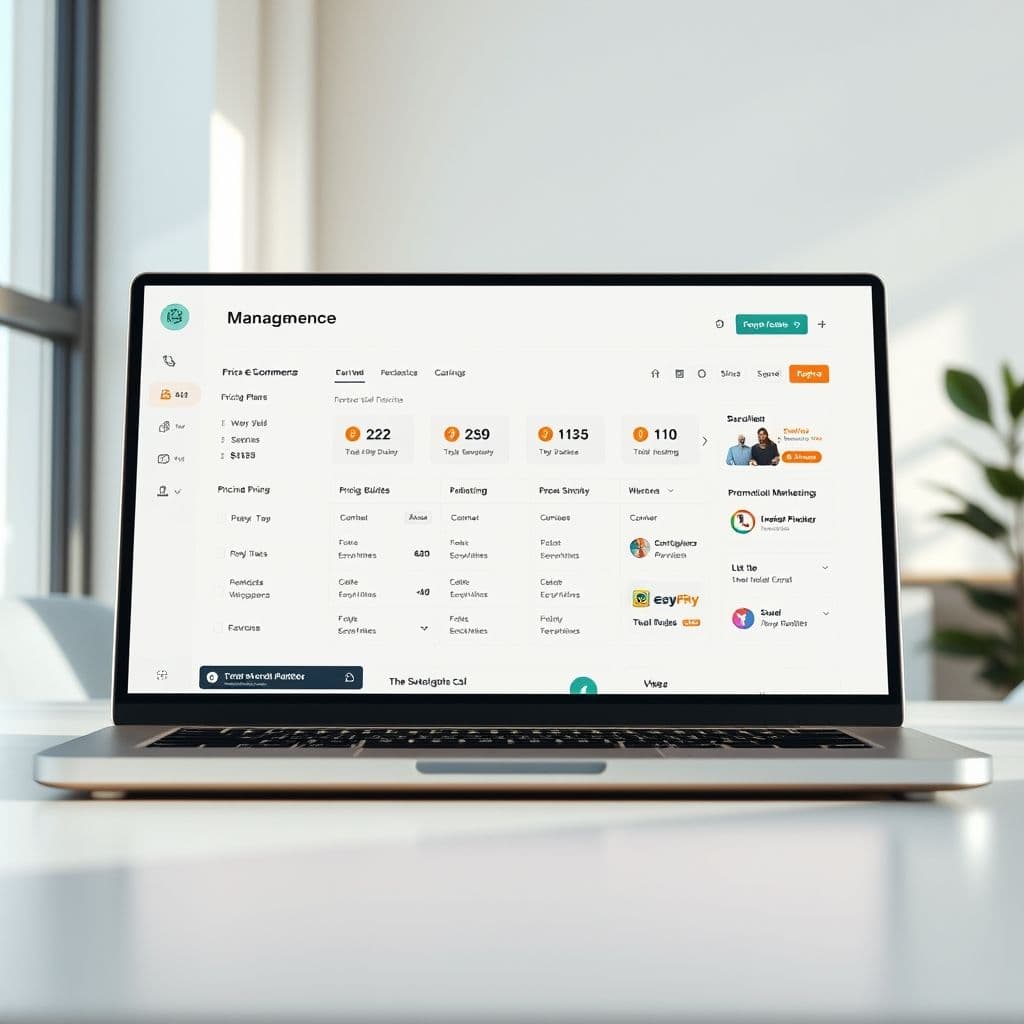The Hidden Costs of E-Commerce Platforms: A Better Solution for Small Businesses

Many small business owners are feeling the pinch of high fees from popular e-commerce platforms like Shopify. While these platforms offer robust features, their pricing structures can be prohibitive for startups and small enterprises. This article explores the pain points of current e-commerce solutions and introduces a hypothetical SaaS idea designed to provide affordability without sacrificing functionality.
The Problem: High Costs and Hidden Fees
Small business owners often gravitate toward platforms like Shopify because of their reputation and feature set. However, many quickly realize that the costs can spiral out of control. Monthly fees, transaction charges, and add-ons for essential features like email marketing or advanced analytics can add up, leaving entrepreneurs questioning whether they're getting value for their money. Comments from users highlight frustrations like 'Shopify just kept getting so expensive for me' and '$70 a month is just extreme!'
Beyond the financial burden, there's also the issue of platform lock-in. Migrating to a more affordable solution like Wix can be daunting, especially after investing time and resources into building a store on Shopify. This creates a dilemma for small business owners: stick with an expensive platform or face the hassle of starting over elsewhere.

Idea of SaaS: A Transparent, Affordable E-Commerce Solution
Imagine a SaaS platform tailored specifically for small businesses, offering a customizable e-commerce website builder with transparent, flat-rate pricing. Unlike Shopify, which charges per transaction and for add-ons, this hypothetical solution would include essential features like email marketing, inventory management, and basic analytics in its base plan. The goal would be to eliminate hidden fees and provide predictable costs, making it easier for small businesses to budget.
Key features could include an intuitive drag-and-drop builder, seamless integration with social media platforms, and built-in SEO tools to help businesses attract organic traffic. The platform might also offer tiered pricing based on business size, ensuring that startups aren't paying for features they don't yet need.

Potential Use Cases
This SaaS solution could be ideal for a variety of small businesses. For example, a handmade jewelry seller transitioning from Etsy could use the platform to create a standalone store without the high fees of Shopify. A local bakery might leverage the built-in email marketing tools to promote seasonal products without paying extra for third-party integrations. Even service-based businesses, like consultants or freelancers, could benefit from the affordable pricing to showcase their offerings and accept payments online.
Conclusion
The high costs of e-commerce platforms are a significant barrier for many small businesses. While alternatives like Wix exist, there's still room for a solution that combines affordability with transparency and ease of use. This hypothetical SaaS idea aims to address these pain points, offering a viable path for entrepreneurs to grow their online presence without breaking the bank.
Frequently Asked Questions
- How difficult would it be to migrate from Shopify to this hypothetical SaaS platform?
- The platform could offer migration tools or services to simplify the process, helping users transfer product listings, customer data, and design elements with minimal disruption.
- What would set this SaaS apart from existing alternatives like Wix?
- Unlike Wix, which caters to a broad audience, this solution would focus exclusively on e-commerce, offering specialized features like inventory management and integrated payment processing at a predictable cost.
- Would this platform support international sales?
- Hypothetically, it could include multi-currency support and region-specific tax calculations, making it easier for small businesses to sell globally without hefty fees.


